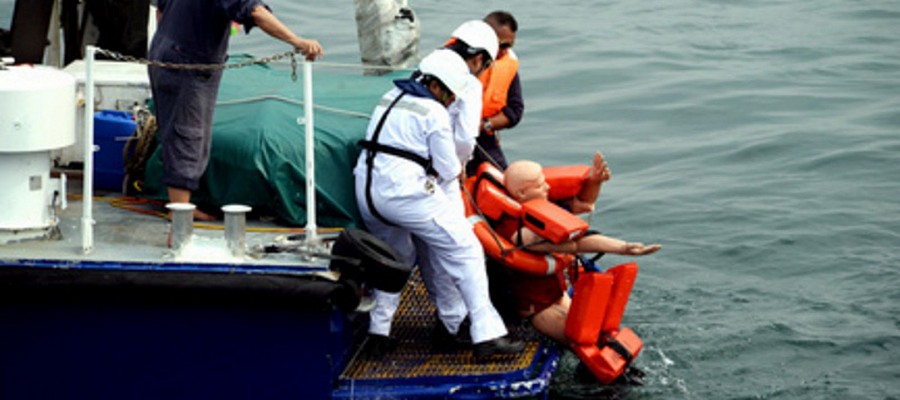Emergency planning, defensible decision making and long-term strategies are crucial to ports in times of crisis, as TMG's Tony Birr and Les Chapman explain:
Are you ‘prepared for the unexpected’ is a question that has been asked of many UK harbours in recent months. There is no excuse not to be. A Government-produced guide, which supplements the UK Port Marine Safety Code, is a good starting point for those that are underprepared. Applicable to both statutory harbour authorities and to other marine facilities which may not necessarily have statutory powers and duties, A Guide to Good Practice on Port Marine Operations deals with risk assessment and emergency preparedness and response.
The Guide states that there should be a considered assessment of risks and the means of reducing them. Plans can then be drawn up to mitigate these risks, as organisations have a responsibility to undertake and regulate marine operations in a way that safeguards the harbour, its users, the public and the environment. Examples of incidents can include loss of services such as electrical power, water, and so on; loss of communications, including IT and a cyber attack; fire; explosion; major structural failure; spills of flammable liquids; criminal activity including terrorist activities; and serious injury or loss of life.
Relationships with the police, fire service and local authority emergency planning departments are vital. When plans are drawn up that involve organisations outside of the port they should be consulted in the planning stage. It then goes without saying that the training, testing through an exercise and any subsequent review should also involve these organisations.
Preparing for emergencies
There are specialist companies with an emergency services background that can be engaged to conduct or assist in the risk assessment process, writing, testing through exercises and subsequent reviews; allowing port management to do what they do best in running a successful port or harbour. Exercises have three main purposes: to validate plans; to develop staff competencies and give them practise in carrying out their roles in the plans; and to test well-established procedures. Ensuring organisations are prepared for various types of emergencies is an integral part to the practicing and testing of all the elements of emergency plans.
The training of staff who are involved in emergency planning and response is fundamental to an organisation’s ability to handle any type of emergency. Planning for emergencies cannot be considered reliable until it is exercised and has proved to be workable, especially since false confidence may be placed in the integrity of a written plan. Generally, participants in exercises should have an awareness of their roles and be reasonably comfortable with them, before they are subject to the stresses of an exercise - exercising is not to catch people out; it tests procedures, not people. If staff are underprepared, they may blame the plan, when they should blame their lack of preparation and training. Therefore, an important aim of an exercise should be to make people feel more comfortable in their roles and to build morale.
Size matters
Even the smallest of vessels can cause big problems and plans should consider the size of any problem and how best to manage it. No organisation wants to find themselves in court on charges of breaches in health and safety legislation or other types of criminal offences such as corporate manslaughter. Some minor incidents if not managed effectively, especially in the early stages, can develop into a crisis for the organisation and therefore a clear command and control structure is also required.
Fundamental to incident management is ‘defensible decision making’ and accurate record keeping. In any incident, you make decisions which could have major consequences or impact on members of the public, the environment or on your organisation. These decisions have to be proportionate, legitimate, authorised, necessary and ethical. Ultimately, for any business to succeed, it has to consider business continuity, which is about building and improving resilience to key services of the port and the most urgent activities that underpin them. A port must devise plans and strategies that will enable it to continue its business operations and enable it to recover quickly and effectively from any type disruption, whatever its size or cause. Done properly, it gives a solid framework to lean on in times of crisis and provides stability and security. In fact, embedding business continuity into any business is proven to bring business benefits.
Tony Birr is an expert in TMG’s Security and Risk Management Division and is a director of TMG’s joint venture partner State 21. Les Chapman is a TMG partner and director of Business Strategy. He has more than 40 years of experience as an international marine professional and company director.
